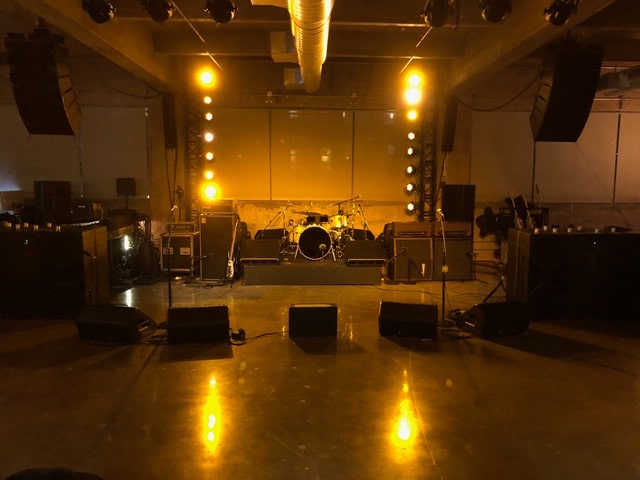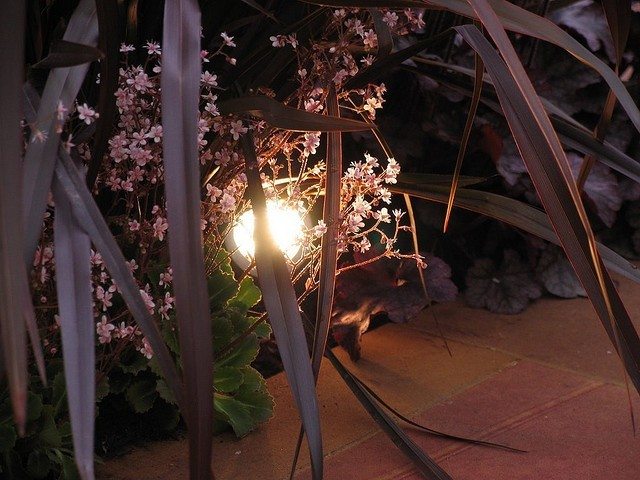Illumination layout is not simply art; it is scientific research also. Dark edges, as well as poorly lit rooms, are aesthetically unpleasant, and also people will usually guide away from them. Poor illumination can additionally reduce the color as well as the texture of a living area, really making it look worse. At the same time, intense lighting can rinse the colors of a room, and straight illumination usually subdues delicate wall textures and/or designs.
Mental and also clinical research studies have actually shown that individuals work better in terms of the total state of mind and cognitive features when there suffices light. People are likewise more likely to live in a space wherein the lights have actually been established to make the room appear cozy and also welcoming. Consequently, illumination strategy should be taken into consideration as basic throughout the style of any type of living space, because lighting influences how that area will be viewed as well as used.
When doing lights style for a room, keep the list below realities in mind:
1. Lighting constantly calls for a shadow in order to create comparison and also aesthetic allure. Intense overhead lights, while capable of lighting every aspect of an area, often turn it into a “monotone” and monotonous space.
2. An offered space typically requires from 5 to 10 sources of lights in order to be appropriately lit. The precise variety of sources of lights will also rely on the color scheme of the area; a darkly repainted area will need more lights than a gently repainted one. In a similar way, a heavily decorated area will require even more lights in order to highlight the numerous interesting features of that room.
3. Matching light collections are optimal for accomplishing unity in a solitary space, along with minimizing buying time.
Images, as well as paintings, are essential attributes of a room as well as must be brightened. Highlighting such items additionally aids to specify the border of a room.
To make a room much more interesting, try varying the elevations of light sources, as well as their strengths (e.g., by installing dimmer switches). Such variants will help produce various locations of shade intensity as well as dimension.
When evaluating a room before light installation, consider whether the space has need one or more of these lights:
General (ambient) light: This refers to the total degree of light offered in a living space to ensure that it is visible and safe for its intended use. Oftentimes, general light is provided using overhead ceiling lamps. An additional common method is to utilize recessed illumination along the wall surfaces or as a component of the ceiling trim. If you are interested in further info about Lighting Design, check out Cultural Daily to find more.

Task light: This is generally a focused light that lights up a workspace such as a work desk, lab bench, or cooking area island. Such light might be given in the type of a lamp, necklace component, or track light. In some cases, a task light might be recessed; for instance, the light might be placed under a kitchen cabinet so that it is not noticeable from the kitchen counter area.
Accent light: Such light is typically four times the intensity of an area’s basic (ambient) light and focuses attention on a certain item or area component. Quite often, halogen lights are utilized to provide a bright-white glow to an object. In many cases, the accent light can be outfitted with a concentrating lens in order to target a details function of a component or object.








